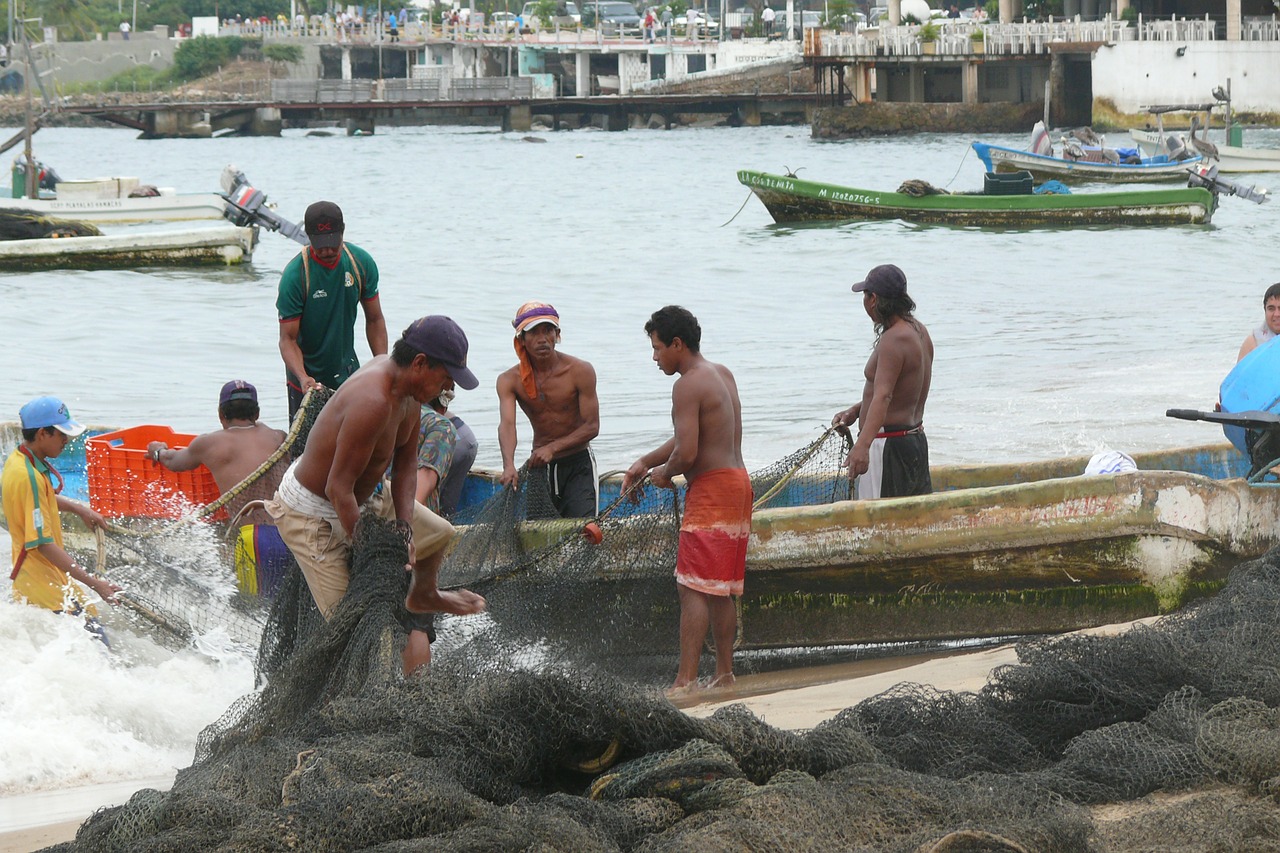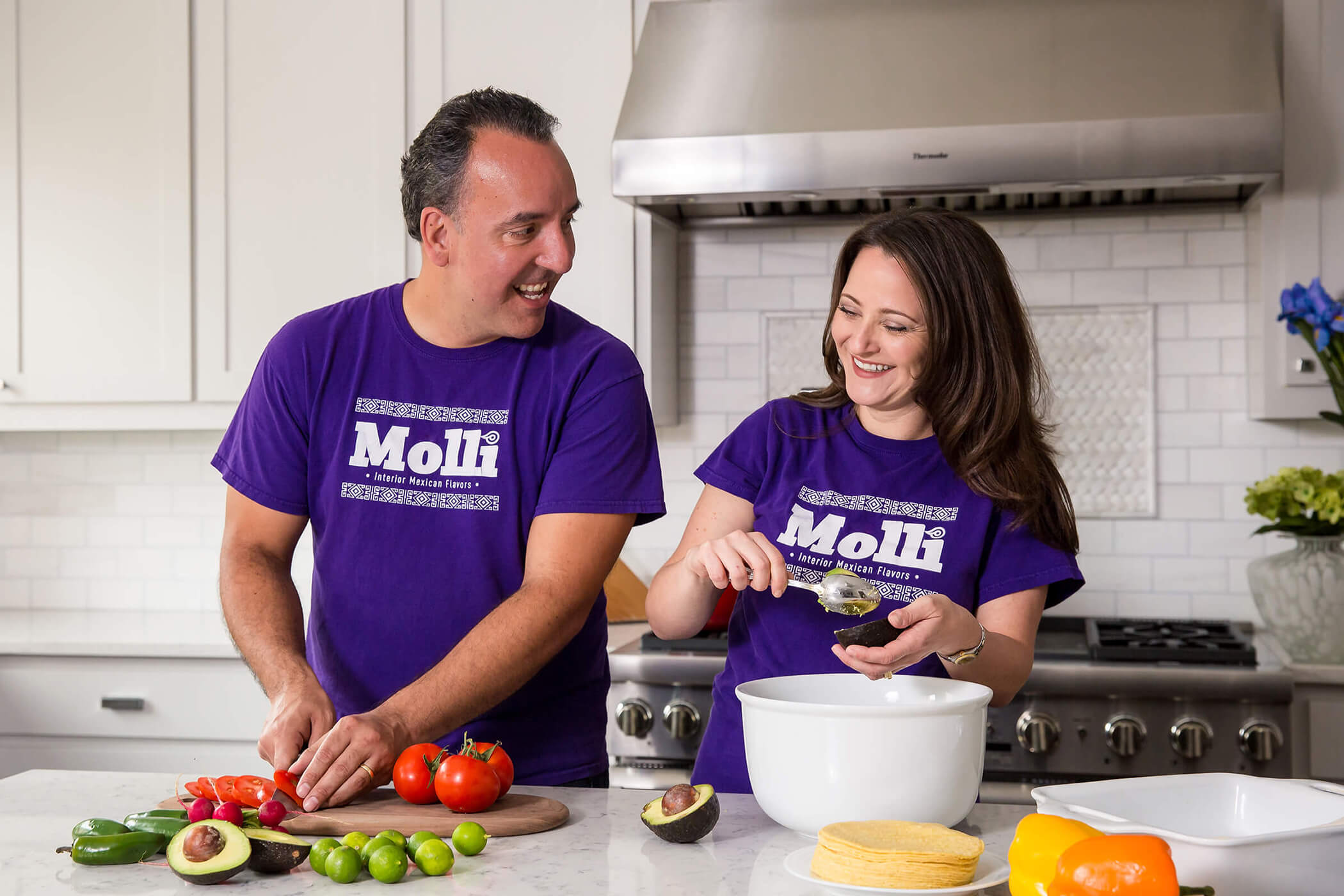We take care to use only real, wholesome ingredients. No fillers, no preservatives, no artificial flavors.
Every ingredient we’ve used to make our cooking sauces, marinades and condiments has been chosen with care. We spend the time sourcing the best we can find, whether it’s tomatoes, tomatillos, dried chillies – right down to the last ingredient on the label.
Mexican food is very earthy, humble, and rich in flavors because we use a wide range of ingredients from all over the country. The ingredients we use in our authentic Mexican cooking sauces and marinades are just a few that give Mexican cooking its singular intensity and depth of flavor. A few worth mentioning are:
Tomatillos (Physalis ixocarpa) have sticky, walnut-sized, pale green fruits that turn yellow just as their husks become dry and attractively lacy. Their sweet-acid flavor is indispensable for many Mexican sauces.
Ancho is the most commonly used dried chile throughout Mexico. It is the poblano ripened to a deep red and then dried. Ancho chillies are most commonly used lightly toasted and soaked, or just soaked, and then ground smooth with other ingredients for sauces. Ancho is fruity and sharp.
Chipotle is the jalapeño ripened and smoke-dried. Its name is derived from the Nàhuatl Indian words chil (chile) and poctli (smoke). Relatively small, it has tough, leathery, wrinkled, light-brown skin whose surface appears to be covered with a golden webbing. It’s hot and has a fruity-smoky flavor.
Morita is the smallest smoked chile which is triangular, smooth, mulberry-colored. It is a late-harvested ripe jalapeño and therefore considered a chilpotle.
De Arbol is not from a tree as the word árbol suggests but from a tall, rangy plant. The fresh chile is a bright green that ripens to bright red, a color that it retains when it is dried with care. It is long and skinny and it is very hot.
Guajillo, along with the ancho, is one of the most frequently used dried chiles in Mexico. It has a smooth, tough, dark-red skin with purplish tones. It can range from fairly hot to hot with a pleasant, sharp flavor.
Guajillos are occasionally used toasted and ground for a table sauce, but more often they are ground with other ingredients to make a seasoning paste or cooked sauce for meats. Strain the sauce through a fine strainer to remove any tough bits of skin.
Pasilla is the chilaca ripened and dried. It has a shiny, black, wrinkled surface with vertical ridges. Its flavor is rich but sharp. This chile is used toasted or soaked and then blended smooth with other ingredients in sauces.
Piquíns are too small to seed—the name means “small chile,” but din’t let their size fool you. These chiles have a deep flavor with hints of citrus and smoke. They are a bit spicy but incredibly pleasant.












